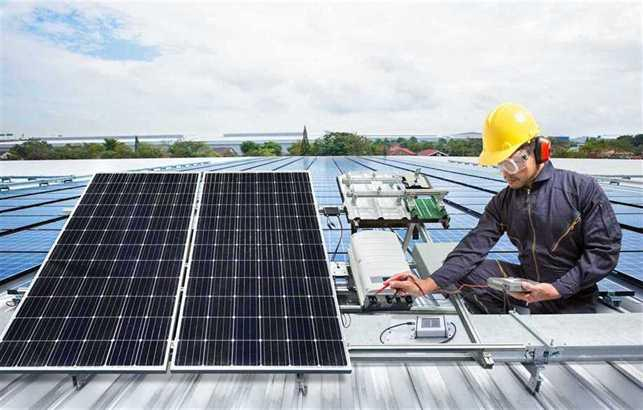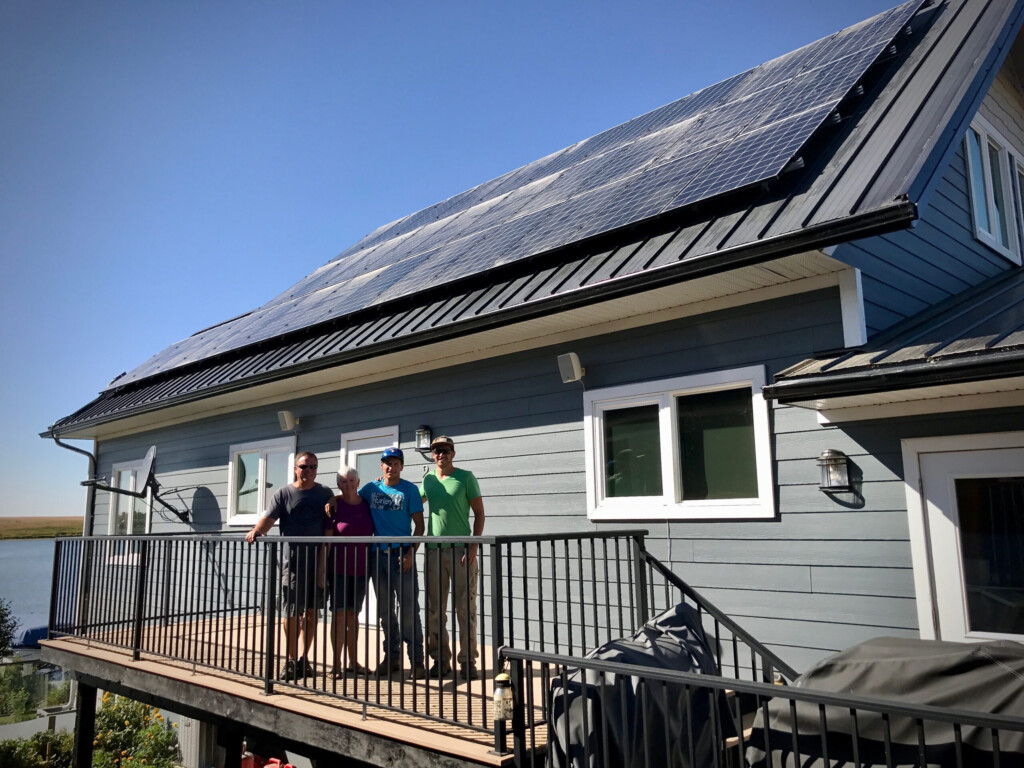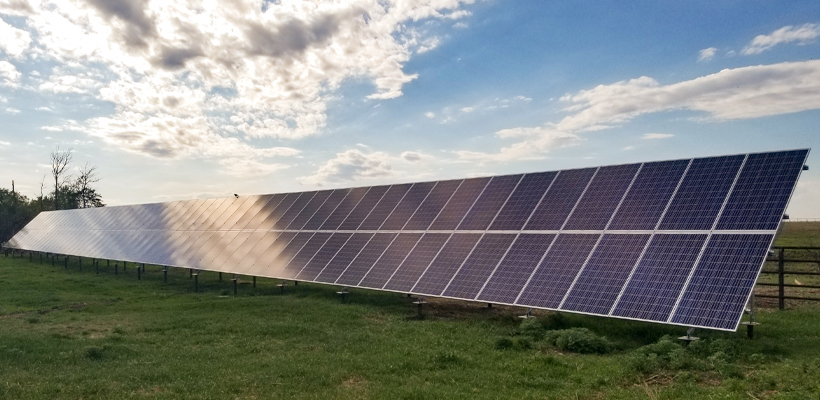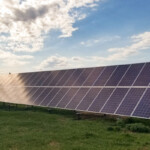Saskatchewan Solar Power Rebate – Solar Power rebates are available in several forms. Among them are Small-scale technology certificates, Federal tax credits, State sales tax exemptions, and net metering. These rebates are available to help you pay for your solar energy system. Learn more about these rebates. Listed below are some examples of available rebates.
Small-scale technology certificates
The STC is a certificate that can be used to claim a solar power rebate. It is calculated by the Small-scale Renewable Energy Scheme (SRES) based on the installation date, location, and amount of electricity that the solar PV system could generate over its lifetime. Although STCs can be issued for as long as 20 years, the deeming period decreases each year as the scheme ends.
STCs can be issued for panels with solar photovoltaic power less than 100 kW. They are produced as a result of the SRES, an initiative by the federal government to encourage the use of small-scale renewable energy systems. These panels can produce up to one megawatt of electricity. The number of STCs that are issued will depend on where and when they were installed.
STCs can be purchased, sold, or traded to offset the cost of solar panels and other small-scale technologies. You can get rebates up to $2700 by using small-scale technology certificates in Australia.
Federal tax credit
The Federal tax credit for solar power is an incentive for people who use solar energy to power their home or business. But if you want to claim the credit, you need to own your solar PV system. It cannot be leased or purchased through a solar power purchase agreement. Nevertheless, the credit does cover solar PV cells, panels, wiring, inverters, and other solar system components.
The 2005 Energy Policy Act created the solar investment tax credit. Although originally scheduled to expire in 2007, it was extended several times by Congress due to its popularity with homeowners. The solar tax credit will rise from 26% to 30% starting in August 2022. The credit will remain at this level until Jan. 1, 2033. The credit will gradually decline to 22% over the next few years, and then eventually disappear completely in 2035.
The Federal tax credit for solar power is available to those who install a solar photovoltaic system on their primary or secondary residence. The homeowner must finance the system and have it installed at their primary or second residence. It is also possible to qualify if you are part of a community solar project.
State sales tax exemption
New York State Department of Taxation and Finance recently published a publication that explains its exemptions from sales tax for solar energy systems. This publication details how to apply for the exemption as well as details about the rates applicable to solar energy equipment in each jurisdiction. The publication also offers additional information about the process. This publication is a great resource for anyone interested in solar energy for homes or businesses.
There are 48 rates available for residential solar energy systems, and 93 rates available for commercial solar energy system. However, only eight jurisdictions have opted to provide a 0% rate exemption for commercial systems. Additionally, more local jurisdictions now tax electricity produced by commercial solar energy systems.
Solar tax exemptions are another important incentive to consider. These incentives can significantly reduce the upfront costs of solar panels. These tax benefits may not be available in all states, but they can make a solar installation more affordable. A state sales tax exemption could reduce the cost of your solar installation to as low as $16,000, making it more affordable.
Net metering
Net metering allows homeowners to get credits from their local utility companies in return for their excess solar electricity. There are a few conditions that must be met to qualify for net metering. It must belong to the same customer, be on the same property and be in the same load zone. These parameters are set by the New York Independent System Operator. However, it reserves the right to examine individual customer accounts. Net metering accounts must also be separately metered and operated from other solar projects.
Net metering reduces the overall cost for electric power. This is good news for consumers and the environment. By reducing demand for electricity, the program decreases the need for transmission upgrades and contributes to the reliability of the electric grid. In addition, it creates jobs in the solar supply chain. Today, the solar industry employs 250,000 people in the US and is one of the fastest growing industries in the country. The strong state net metering policies have helped this industry flourish.





